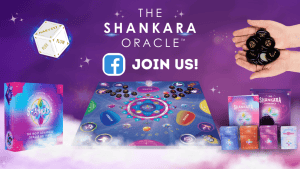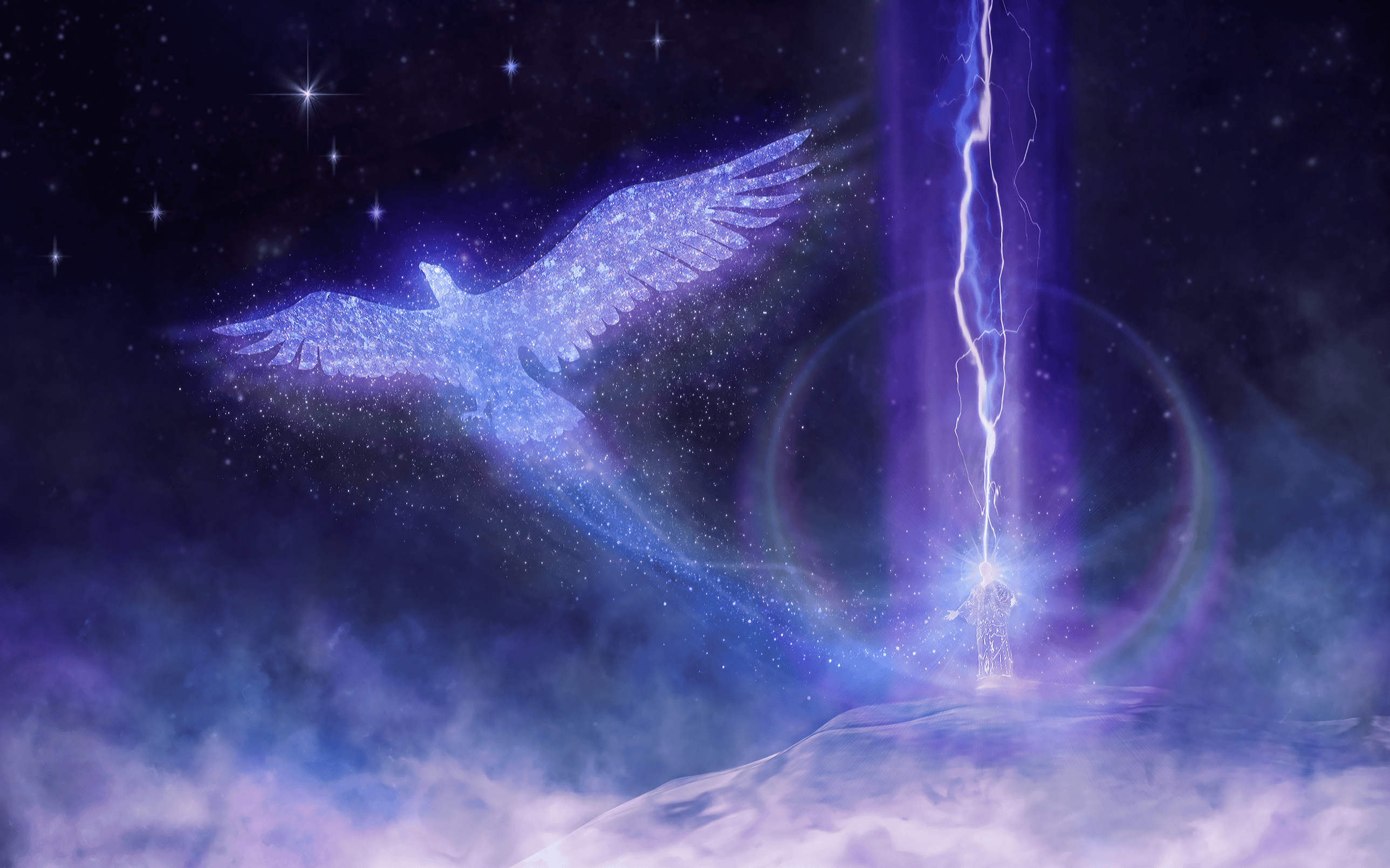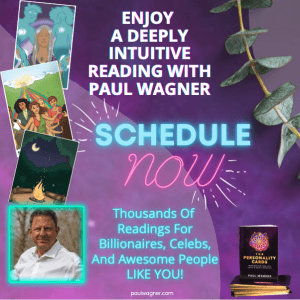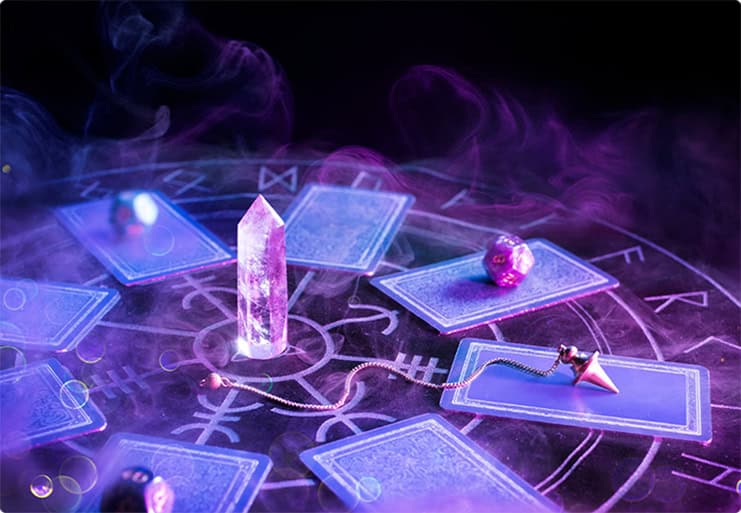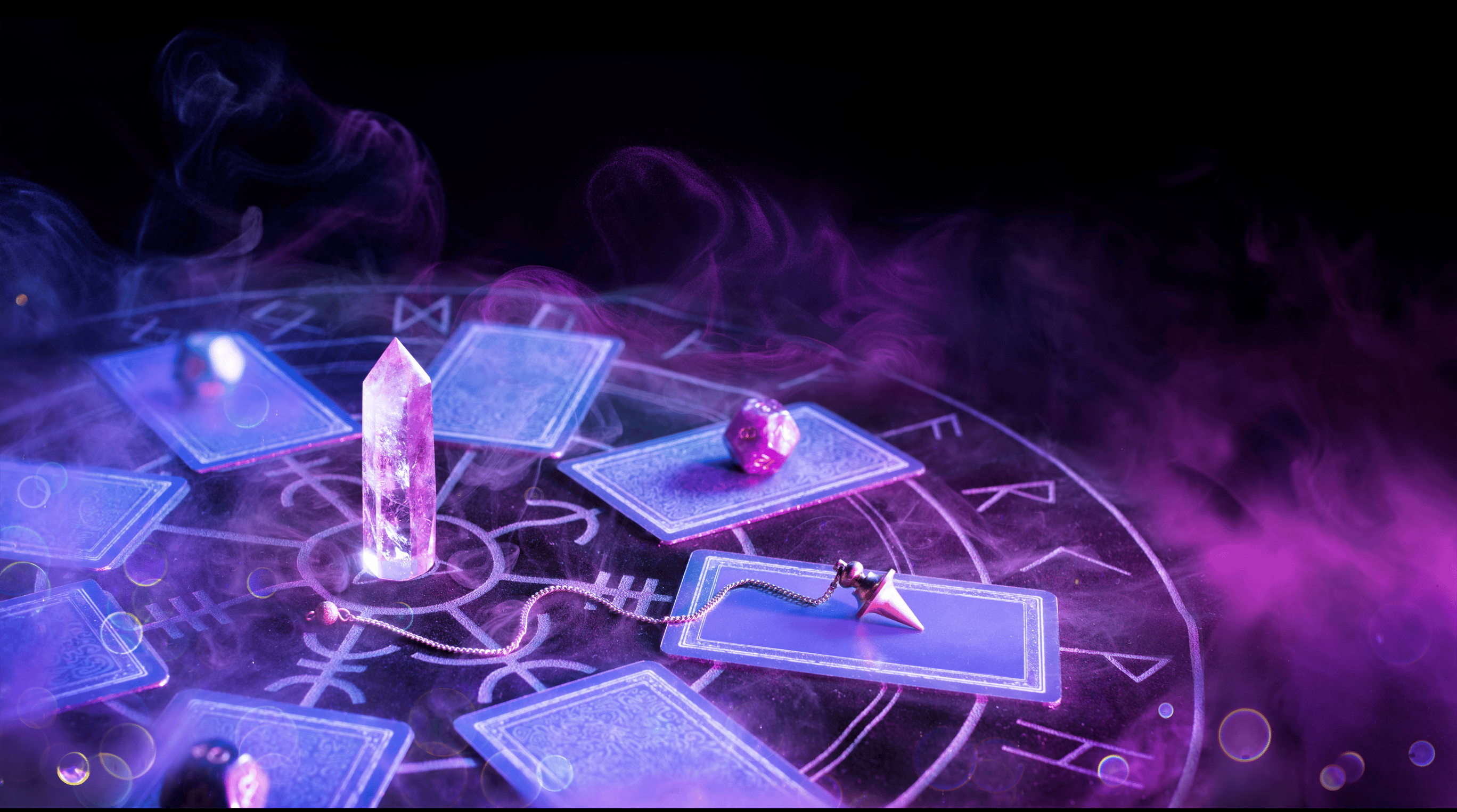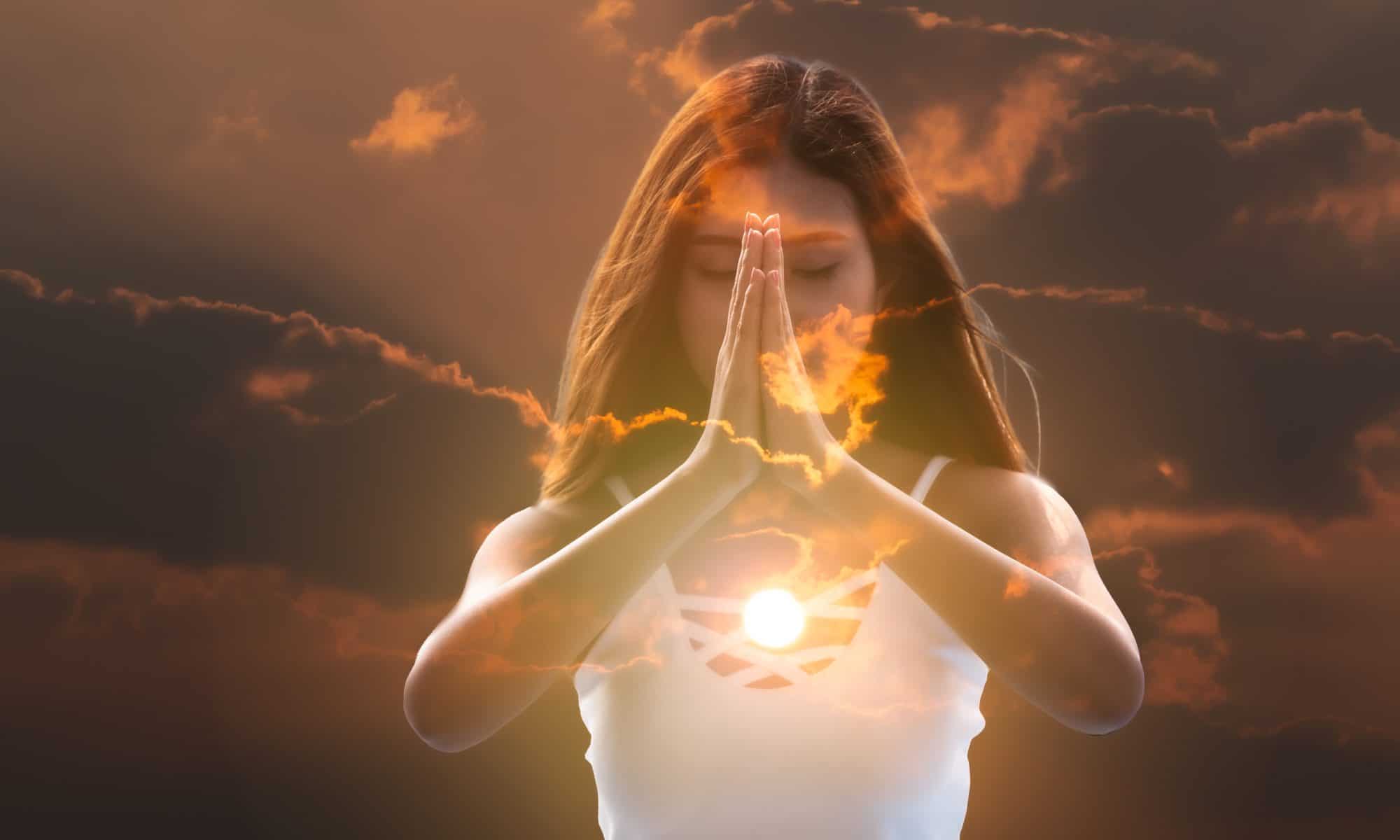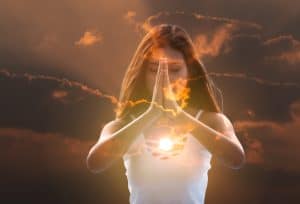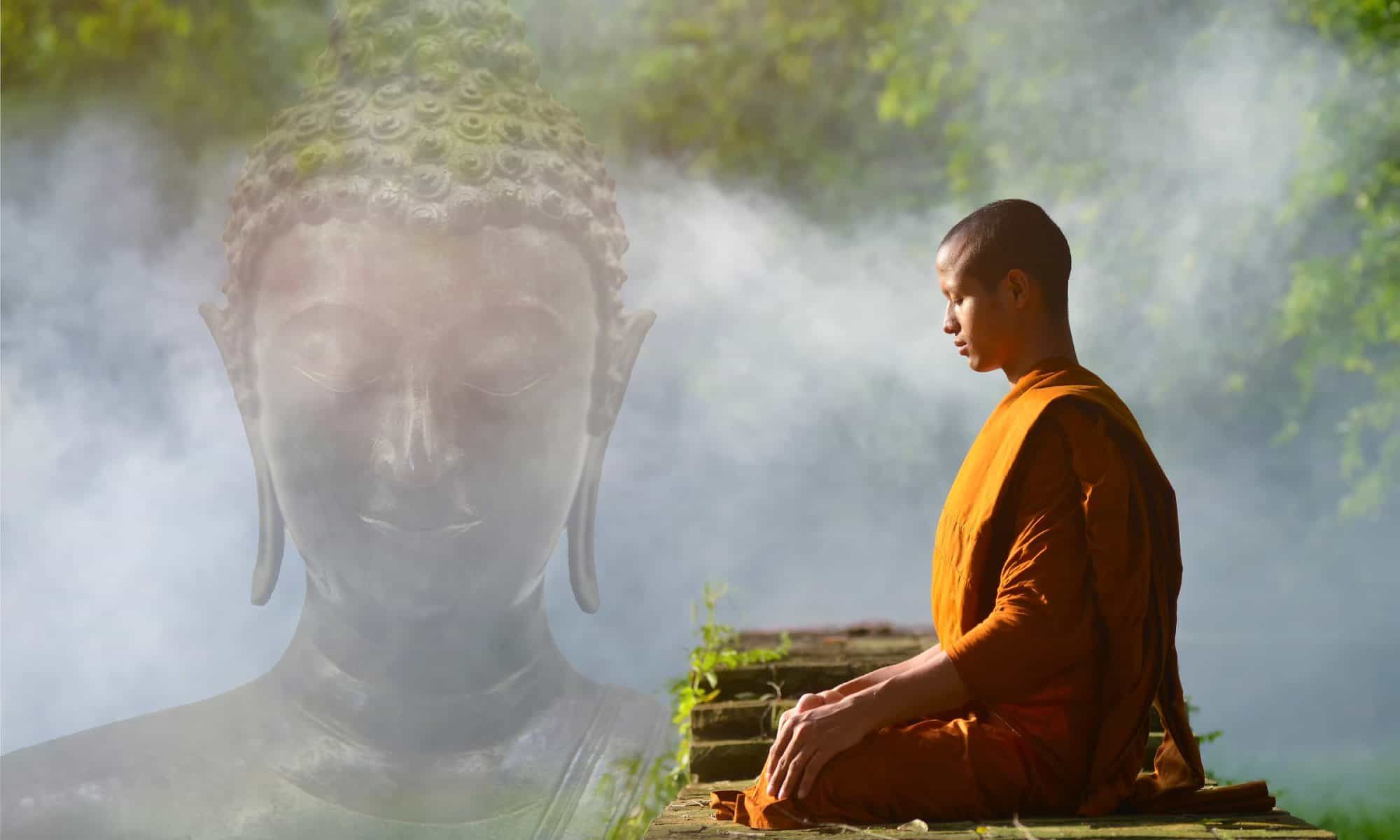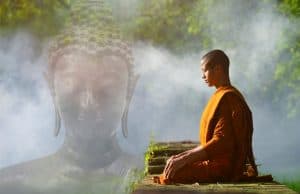
Breaking The Chains Of Family, Spiritual Movements, And Cults
In the pursuit of spiritual growth, we often find ourselves at crossroads, facing choices that can either confine or liberate us. It is crucial to recognize how easily we can surrender our authentic voices – those unique emanations of our deepest selves – to the influence of others, including our families, spouses, and even the very spiritual movements we join in hopes of finding liberation.
This journey of self-realization and connection with the divine is sacred, yet fraught with the potential for losing ourselves to the ideologies and structures that promise enlightenment but often foster dependency and isolation.
“I AM, I WILL, I AM, I WILL – ACCORDING TO YOUR WILL. I WILL TO WILL YOUR WILL, EXPRESSING YOU AS ME, TO BE FREE WITH YOU FOR ALL TIME THROUGHOUT SPACETIME, IN TIME TO KNOW YOU ARE ME AND I AM YOU. I AM, I WILL, I AM, I WILL.”
~ Krishna Kalesh (Paul Wagner)
Herein lies a reminder of our inherent interconnection with the Divine, an affirmation that true spiritual practice is about the free will aligned with divine will, not about surrendering our autonomy to external authorities.
Imagine a realm where every seeker of enlightenment becomes a beacon of wisdom, not just for their own soul, but for the world at large. Spiritual journeys, often embarked upon in solitude, hold the potential to erupt into sensational movements of collective awakening when we dare to unlock the vault of personal enlightenment and share our riches with the world.
Too often, spiritual practices become walled gardens, serene yet isolated, where individuals cultivate profound insights yet shield them from the gaze of others.
This approach, while offering personal tranquility, subtly undermines the true essence of spiritual growth which is inherently explosive and communal. True spiritual enlightenment isn’t a quiet retreat into the self; it’s a vibrant, roaring fire that warms everyone in its presence.
Consider the transformative power of opening the gates of your spiritual fortress.
What if, instead of nurturing a serene yet solitary garden, you chose to ignite a wildfire of enlightenment? This isn’t about losing the sanctity of personal experiences but rather amplifying them to a symphony of shared transcendence that can revitalize weary souls and awaken dormant spirits.
This is why I share so much information for free on my websites – hundreds and hundreds of articles, prayers, rituals, and more – all for the benefit of humanity. While I sustain myself financially as an intuitive life and business coach, I LOVE sharing as much information as possible so that The Divine has doorways into every person’s heart.
Is Structure Good?
Structured spiritual practices sometimes risk turning profound wisdom into exclusive commodities, as seen in the guarded rituals of transcendental meditation (TM) or the secretive mantras of esoteric traditions.
This stands in stark contrast to the unbounded generosity of ancient teachings like the Pali Canon or Advaita Vedanta. These wisdom streams flow freely, offering their life-altering insights without demanding anything in return but the openness to receive and give further. They teach us that spiritual wisdom should not be a commercial transaction but a communal feast to which everyone is invited.
Now, picture yourself not just as a holder of spiritual knowledge, but as a catalyst for a global enlightenment epidemic. Your spiritual achievements, once private badges of honor, can transform into public instruments of connection and liberation. Embrace the role of a spiritual revolutionary, one who uses their insights as bridges rather than barriers, connecting realms of consciousness and fostering an awakening that ripples through communities, nations, and the very fabric of reality.
By sharing our spiritual discoveries, we don’t just spread knowledge, we seed revolutions of the soul – we give all Beings the opportunity to source what might free them.
Each act of sharing becomes a spark that can light up the path for countless others, multiplying the light and love within us and extending its reach to heal the world. This is the legacy of not just a spiritual leader but a spiritual liberator—one who not only finds peace within but spreads it like wildfire, inviting an entire civilization to dance in the flames of newfound freedom.
As you walk your spiritual path, remember that true liberation and fulfillment come not from hoarding sacred truths but from unleashing them into the world. Let your journey be not a silent trek through the shadows but a loud, joyous march into light.
Embrace this audacious path, and watch as your personal quest blossoms into a spectacular explosion of collective enlightenment, lighting up the universe and guiding us all toward a more awakened, interconnected existence.
Unmasking the Paradox of Paid, Secret Spiritual Wisdom
In a world where spiritual awakening is revered as the ultimate journey towards self-realization and unity with the cosmos, the practice of commodifying spiritual truths emerges as a profound contradiction. The notion that one must pay for enlightenment and then guard these purchased secrets zealously is a stark departure from the inherently liberating nature of true spiritual pursuit.
This model, exemplified by movements such as Transcendental Meditation (TM), raises crucial ethical and philosophical questions about the accessibility and freedom of spiritual wisdom.
Spiritual truths, by their very nature, are considered universal – eternal verities meant to liberate the soul and expand the consciousness of humanity. The idea of selling access to such wisdom runs counter to the foundational spiritual teachings across various traditions which emphasize detachment from materialism and ego.
The irony is palpable: engaging in commerce to attain a state that fundamentally opposes the very notion of material exchange.
Secrets Suck
The requirement to keep these teachings secret once purchased further entangles seekers in a web of exclusivity and elitism. This approach not only limits the spread of potentially transformative knowledge but also contradicts the concept of spiritual freedom.
Great spiritual leaders like Osho, Amma, Mother Meera, Anandamayi Ma, Ramana Maharshi, and Paramahansa Yogananda (not the mislead lineage of his underling who stole his book) have taught that true enlightenment is an uncontainable force – it flows freely, unbound by the fetters of secrecy and selectiveness. Osho advocated for a spirituality that was open and accessible, challenging the very hypocrisy of hoarding knowledge that could benefit all.
Transcendental Meditation folks say they are protecting the teachings from falling into the hands of people not qualified. Fuck that.
The roots of this issue lie deep in the intersection of spirituality and commercialism. When spiritual practices become products, they cease to be the selfless pursuit of higher truth and turn into yet another means of economic gain. This commodification not only distorts the essence of the spiritual journey but also makes it inaccessible to those who cannot afford to pay the price of enlightenment. This model fosters a spirituality of privilege, not a spirituality of equality and unity.
Ahh, The Lies
The hypocrisy of such practices cannot be overstated. There is a profound dissonance in movements that preach detachment from worldly desires and the dissolution of the ego, yet operate under principles that encourage both. Charging for secret, spiritual enlightenment, while advocating for a life beyond material attachments is inherently contradictory and undermines the credibility of such teachings. It’s okay to charge for a service, but to demand secrecy – well, that’s a whole other thing.
The path to true spiritual freedom must be paved with openness and inclusivity. Enlightenment should not be a gated community but a thriving metropolis of ideas and inspirations, accessible to all who seek it. Spiritual wisdom must transcend the transactional dynamics of the marketplace to retain its purity and transformative power.
In challenging these paradigms, we are not merely critiquing a single movement but questioning a broader cultural tendency to monopolize knowledge – spiritual or otherwise. It is a call to return to the essence of spirituality as a universal journey, free from the shackles of commerce and secrecy.
As seekers of truth, we must demand a spirituality that is free for all, not just for those who can afford it. This is not just about rejecting a flawed system but about affirming a vision of spiritual practice that celebrates freedom, unity, and unbounded sharing.
Let the rallying cry be clear: true spirituality is not for sale, and its truths should not be hoarded behind a firewall. Let us reclaim the spirit of enlightenment that flows freely, illuminating all paths with its indiscriminate brilliance.
I Miss My Friend
I deeply miss my friend who abused my trust and position in my life. His truth is veiled not just by the practices of Transcendental Meditation and the money he paid for that false privilege, but also by the shadows cast by his primary spousal relationship.
It’s heartbreaking to witness him retreat into these limiting confines, for I know the luminous spirit that resides within him – a spirit vibrant with potential and profound depth. He is so much more than the roles and rituals that have come to define his days.
Beneath his surface, there is a person of incredible insight and sensitivity, a soul capable of immense love and connection. It pains me to see such a brilliant light dimmed, as he loses himself in these externalities that do not truly reflect who he is at his core.
I hold onto the hope that one day he will step out from behind these barriers, rekindle his true essence, and allow his pure and profound nature to shine brightly once again.
May we all be unbound by the false restrictions, outdated ideologies, and external definitions we buy into so we may affirm our connection to the purest aspects in Creation. The Shankara Oracle can help to free you.
Enjoy The Shankara Oracle – The most enjoyable, intense, and illuminating tool to help you walk the path of Self-realization.
Get The Shankara Oracle and dramatically improve your perspective, relationships, authentic Self, and life.






